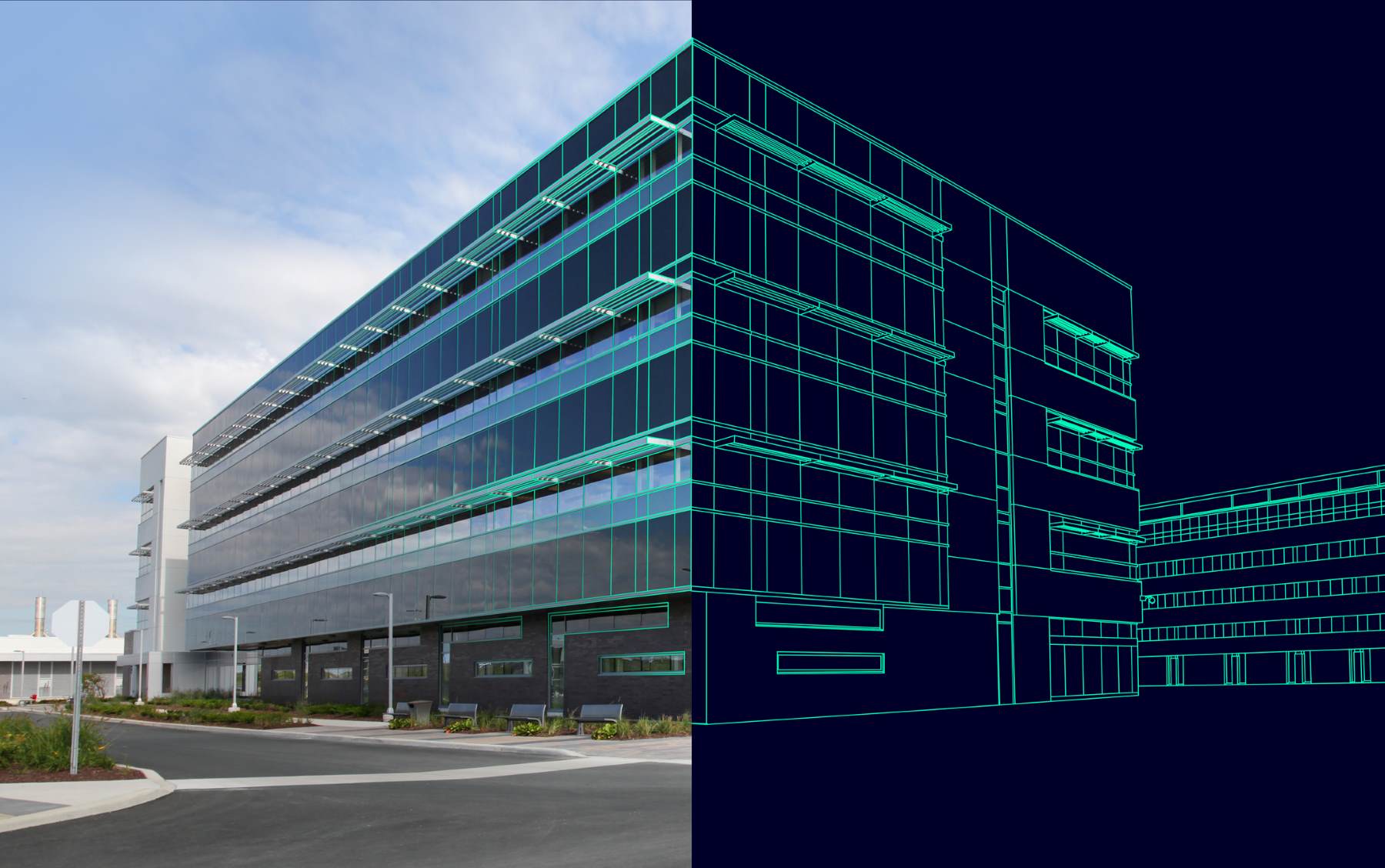Smart buildings may be growing in popularity but they remain dwarfed by their dumb, if functional, relations. However, with energy bills through the roof and a growing mandate for sustainability, that may well change very soon: “Less than 5% [of commercial buildings] are digital and smart, so there’s a lot of potential… we’re at an interesting inflexion point,” Thomas Kiessling, CTO of Siemens Smart Infrastructure (SI) tells me.
“The ‘why now?’ is really interesting. Connectivity is becoming ubiquitous and it’s far cheaper to link major consumption devices, with [the promise of] 20% to 30% energy savings.”
That’s perhaps the nub of the matter: even at a time of peak interest in ethics and the environment, ESG needs to be balanced against fiscal pragmatism. But the ‘bill shock’ we have all suffered is likely to be having a knock-on impact in commerce: “If it’s too costly, people just won’t do it,” Kiessling tells The Stack: “With the energy crisis, people have started to care about the energy bill, which wasn’t always the case in the past.”
Smart infrastructure: Big business, big savings?
Siemens SI is a sizeable business, worth about $17 billion across building technologies, electrification and e-mobility. Kiessling’s focus is on running Siemens SI’s Building X digital building business, as well as developing the company’s position in the energy and transport-as-a-service segment. Building X offers a suite of API-centric tools across sustainability (energy consumption, emission data, and water usage) as well as broader facilities management tools that let users monitor and control multiple sites (alarms, heating, security operatations et al.)
Kiessling claims that other economic trends are playing out in Siemens’ favour.
Follow The Stack on LinkedIn
Economies of scale mean that firms can drop in edge devices for couple of hundred euros each to connect lighting, for example. But progress is far from linear and while most new buildings in developed countries are smart, matters are slower going for the legacy bulk: “With brownfield, every building is different,” he says, noting that building layouts vary wildly and there is “a total lack of documentation” to lean on. The industry answer is to take similar buildings, 100,000 at a time, and find ways to simplify and upgrade to smart controls, group by group.
Refurbishing and the aftermarket are huge challenges but the prizes are equally high. Digital controls mean less waste, especially on heating, ventilation and air conditioning where digitisation means it’s simpler to avoid peak charges, especially now that attendance in offices can be so variable. Simply by instrumenting and digitising, monitoring and measuring, organisations can save costs and reduce their energy consumption and carbon footprints.
Siemens Smart Infrastructure CTO: We need to be open

Another significant challenge for the smart building movement is openness… or rather the lack of it.
Kiessling says that Siemens is positioning itself as “building the industry’s most open platform... That’s where we see our differentiation going forward", saying that building management systems are becoming more addressable.
However, there is still significant fragmentation and a Unix-like proliferation of flavours.
But that complexity and opacity may work in Siemens’ favour as it pledges to customers that they will not be locked into its ecosystem and can take their data and open infrastructure with them if, for any reason, they want to switch providers: “I was recently sitting in a meeting with a very large global bank and they said, ‘If I want to take your data lake, rip it out and go with another provider, can I do that?’ and our answer was ‘yes’.”
Another opportunity as the company builds out its Building X proposition that will be familiar to any IT company is managed services where Siemens will undertake to take over all operations.
The heat of the battle
As Kiessling says, this is a market at an inflexion point. We are better educated than ever in responsible use of utilities but we remain hobbled by relatively slow progress on areas such as solar power deployment. Kiessling says that design, planning and implementation can be “death by 1,000 cuts and very waterfall-ish”.
But there is good progress in transport where some regions are introducing rules that block combustion engines in last-mile central locations. SI spies an opportunity here and also offers e-vehicle fleets on an as-a-service model, providing energy, charging and infrastructure: “It is slow, it takes a long time but there are inflexion points,” he says. “Smart buildings will take a long time but when I look at transport now, we’re working very closely with the industry and we are at an inflexion point. Rules such as California’s plan to be 100% zero emissions on vehicles by 2035 set the right tone”, he argues. We need more such frameworks without over-regulating for the inflexion points to be items in the rear-view mirror. And eventually the trickle to a smart world, he thinks, should become a flood.








